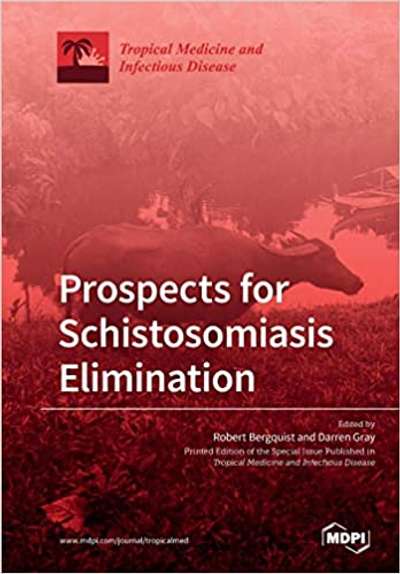
*Available as Download Only
Current efforts to limit the ravages of schistosomiasis are pushing the world closer to eliminating a chronic infection that has been associated with human life in the tropics since time immemorial. This notwithstanding, the disease remains a scourge for large populations in sub-Saharan Africa, Latin America, and Southeast Asia, and the main part of this book is made up by papers dealing with its current distribution, discussing ways and means to establish and implement improved control approaches. While chemotherapy limits the symptoms caused by schistosomiasis, the number of infected people will not decrease until the parasite's life cycle is interrupted. To that end, some papers focus on the intermediate snail host, which is notoriously difficult to control, while others discuss human hygiene and sanitation. The latter approach not only prevents infection through avoiding people being infected from the snail, but more importantly, also stops people infecting the snail by leaving contagious feces and urine in nature. With morbidity reduced by chemotherapy, the immediate target now is the interruption of transmission to be achieved by new tools, such as the novel chemotherapies, improved diagnostics (for humans, animals, and snails), and vaccines discussed in several of the papers. As made clear in this book, a complex infection requires new tools as well as work on many fronts, above all; however, a clear idea is needed as to how to skillfully combine the tools available and sustain implemented control activities.
MDPI Book Link (available for purchase)
Publication Details
- Published: 2019
- Publisher: Mdpi AG
- ISBN-10: 3039213571
- ISBN-13: 978-3039213573